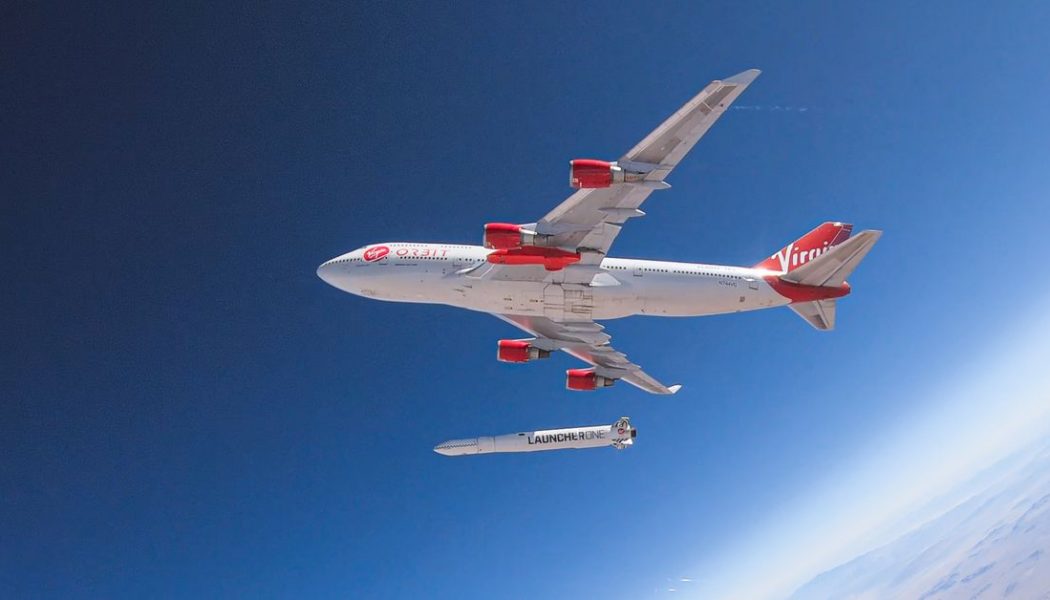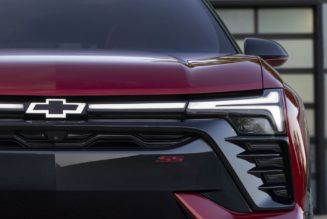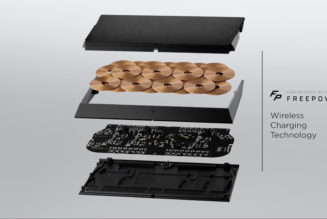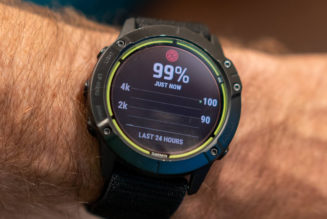
Update May 25th, 5:20PM ET: Virgin Orbit’s test flight ended in failure shortly after LauncherOne dropped from under the company’s carrier 747 airplane. Virgin Orbit confirmed that the drop was successful and that the rocket’s main engine ignited. But then it quickly suffered some kind of anomaly at the beginning of the flight. The company says no one was hurt during the test and the team will be digging into the data to learn what went wrong.
I’ll go to bed tonight smarter than I was when I woke up. I’m grateful for that, and proud of the team. Today, we tackled the biggest technical risk of the program. There’s a lot more to learn, but that is huge!!! pic.twitter.com/5keyW4r8Lr
— William Pomerantz (@Pomerantz) May 26, 2020
Original Story: Small satellite launcher Virgin Orbit — the sibling company to Richard Branson’s space tourism venture Virgin Galactic — plans to conduct the first test launch of its rocket today. The company has been developing and testing its vehicles for the last six years, but now it’s ready to finally send a rocket to orbit.
Virgin Orbit’s primary rocket is called LauncherOne, capable of launching small to medium payloads, roughly the size of washing machines, to space. And the rocket takes a unique path to get there. Rather than launching upright from the ground — as the majority of rockets do these days — LauncherOne actually takes off from underneath the wing of a Boeing 747 airplane. Nicknamed Cosmic Girl, the 747 is designed to carry LauncherOne up to 35,000 feet. There, the plane pulls up, angling the rocket toward the sky, and then LauncherOne drops away. Its main engine ignites, propelling LauncherOne the rest of the way to orbit.
“We’re a very unique system in that we are air launched,” Dan Hart, the CEO of Virgin Orbit, said during a press conference. “And what that gives us is incredible flexibility. In fact, we have mobility; we can fly to space from any place that can host a 747, which is almost any place, and we can go to any orbit.”
At least that’s how it’s supposed to work. Virgin Orbit has yet to actually put LauncherOne in to orbit, though the company has done a fair amount of testing on all of the hardware to make it happen. Engineers at Virgin Orbit have conducted numerous ignition tests with LauncherOne’s engine, called NewtonThree, at the company’s test facility at the Mojave Air and Space Port.
Virgin Orbit’s main pilot, Kelly Latimer, has been routinely flying Cosmic Girl, going through the maneuvers she’ll need to do during an actual launch. And the team has done various tests with LauncherOne in the air, rehearsing everything but the part where the rocket’s engines ignite. The company has carried the rocket underneath the wing of Cosmic Girl a few times, and the team even dropped a dummy LauncherOne from the plane, to see if the rocket fell as they expected.
Getting to this launch has taken slightly more time than Virgin Orbit had anticipated. Originally, the company had hoped to fly LauncherOne as early as last summer, but the team wound up doing more work to develop the rocket. “We did add some tests along the way as we looked at the overall verification program,” Hart said. “And so we adjusted accordingly. The internal focus of the team was really to move through a methodical development process.” Additionally, the COVID-19 pandemic forced the company to pause operations briefly this year and rework how people operate in the Virgin Orbit factories in Long Beach.
But now, it’s finally time to fly. LauncherOne is loaded up with a weighted dummy payload that the company has treated like an actual customer’s satellite. That means the team has been handling it with care and even cleaning it, as if it were the real thing. “In itself, it is not a terribly exciting thing,” Will Pomerantz, vice president of special projects at Virgin Orbit, said during the press conference. “You know, it is essentially a nice-looking inert mass that allowed us to practice all those things we really wanted to practice.”
To get this mass into orbit, the plan is for Latimer to take off from the Mojave Air and Space Port with LauncherOne. She’ll then fly Cosmic Girl out over the Pacific and position the plane over the rocket’s drop point. Latimer will release the rocket and a few seconds later, the engines should ignite and start LauncherOne’s trip to space. Virgin Orbit has a four-hour launch window for this mission that begins at 1PM ET on Monday. Originally, the company had hoped to launch Sunday, but had to postpone due to the discovery of a sensor acting funny. The company will only launch if all the weather criteria and other restrictions are met, but so far, Hart says weather is looking good.
Virgin Orbit is prepared to learn from this flight and is realistic about the possibility of something going wrong. “History is not terribly kind necessarily to maiden flights,” Pomerantz said, noting that about half of inaugural launches of new rockets fail. The team is also prepared to do another test launch if necessary after this one.
But if all goes well, the goal is for the company to move rapidly to commercial service. Its first customer flight is for NASA, launching up to 10 small satellites developed mostly by universities on a mission called ELaNa XX. That should be one of a handful that Virgin Orbit does this year. “We expect to get to one or two more flights this year, as we understand and mature the system,” Hart said. That cadence may increase next year.
Once commercial operations get into full swing, Virgin Orbit will become one of just a handful of US companies with an operational rocket dedicated to launching small payloads into orbit. However, the company has a lot of competition coming up quick, with numerous startups developing similar types of launch vehicles to capitalize on the small satellite revolution. And other major players, like SpaceX, are trying to get in on the market too, by offering to pack multiple small satellites on their larger rockets to get numerous tiny vehicles into space at once.
Virgin Orbit is optimistic, though, claiming to have customer contracts from commercial companies, NASA, the Department of Defense, and even international partners, that add up to hundreds of millions of dollars. The company also set its pre-launch price for rides on LauncherOne at $12 million, but the company says that will evolve over time. “Our pricing obviously will follow the market as we get into full operations,” Hart said. “And we’ll adjust accordingly.”
Above all, Hart thinks that launching from a plane instead of a fixed launchpad will make the company more attractive to prospective customers. “We are really completely unique in the field in that we have this flexibility and that we’re not launching out of a congested range,” said Hart.










